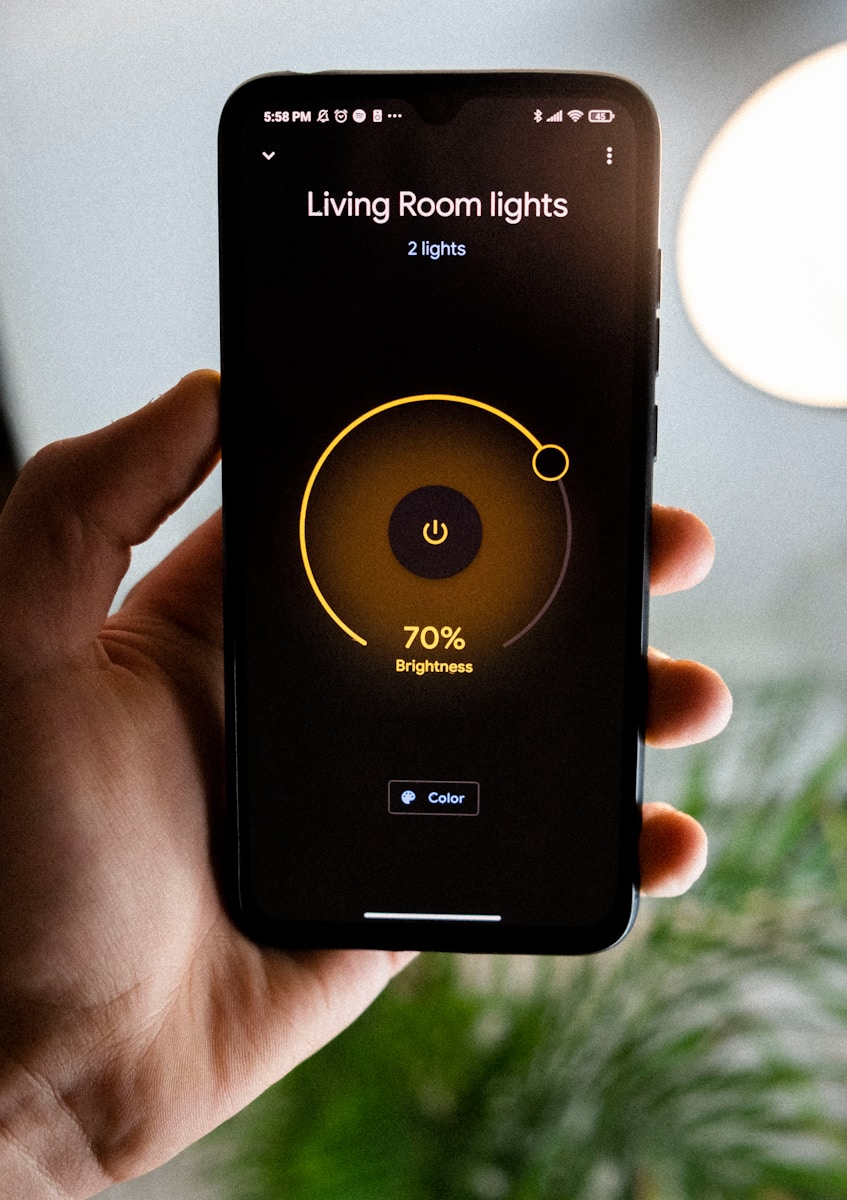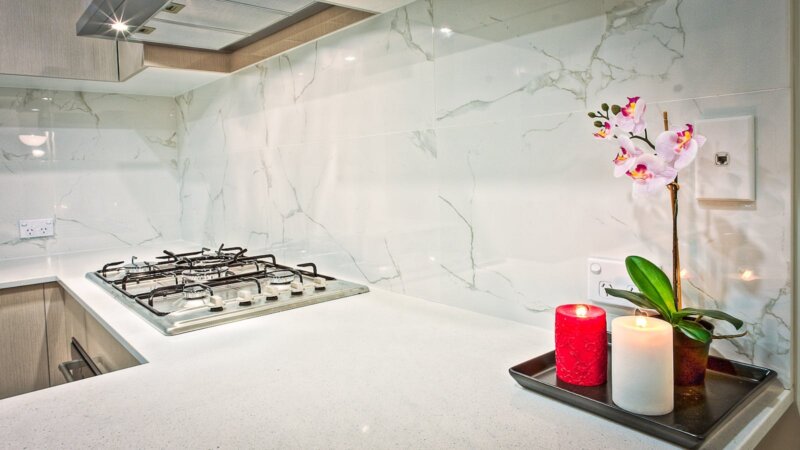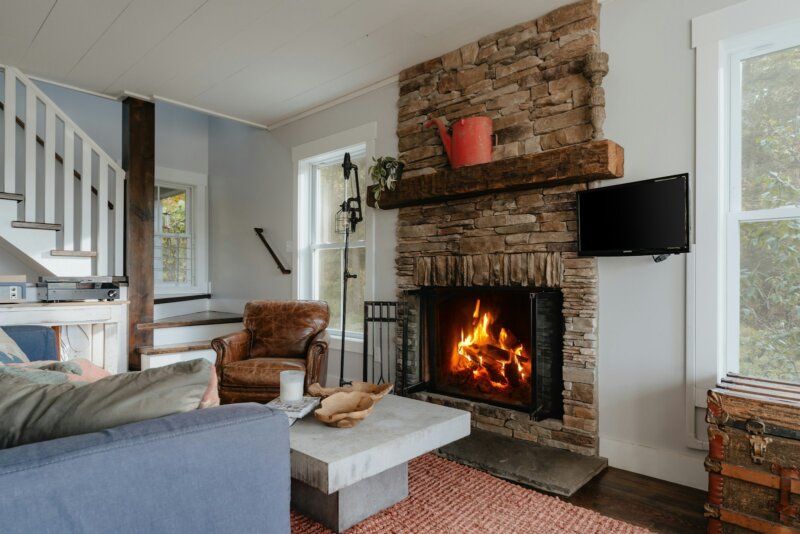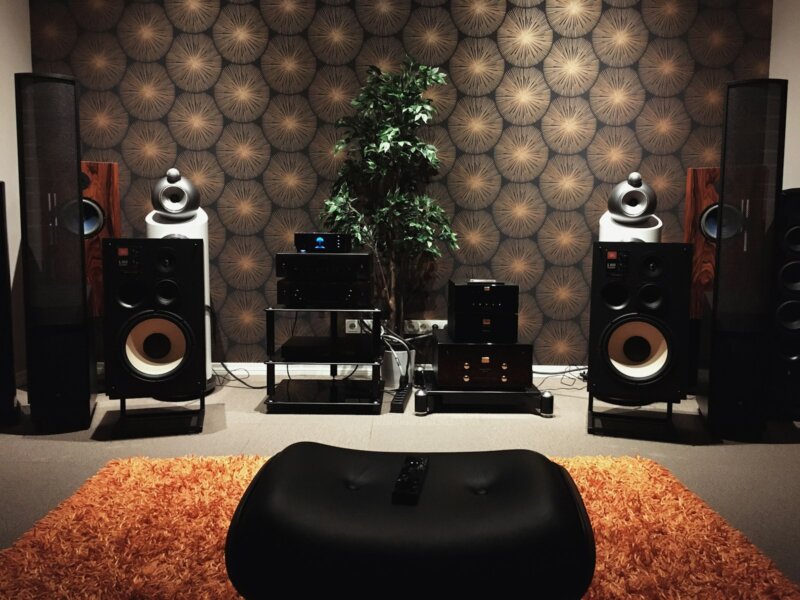Stuck choosing between a smart switch or a dimmer? You are not alone. Smart lighting can cut energy use, shape ambiance, and simplify daily life. This guide explains the difference in plain language so you can pick with confidence.
Key Differences Between Smart Switches and Dimmers
Smart switches and dimmers both improve lighting control, but in different ways. One manages power, the other manages brightness. That choice affects energy efficiency, user experience, and cost.
Functionality and Purpose
Smart switches turn lights on or off through an app, a wall switch, or voice control. They connect to smart home systems like Google Home and Amazon Alexa. Remote control lets you manage lights from anywhere, even away from home.
Dimmer switches change brightness. A dimmer reduces or shapes voltage going to the bulb, which changes light output. Modern dimmers use electronics, like transistors, to keep lights stable. Many smart dimmers add scenes, sunrise effects, and schedules for flexible lighting control.
Level of Lighting Control
Smart switches control power to one or more fixtures at once. They are great for a whole room, a hallway, or a group of recessed lights. Dimmers focus on fine brightness adjustment for reading, dining, or movie time.
With smart home technology, you can build scenes and schedules in an app or with voice. Standard dimmers do not change color or color temperature. For color control, smart bulbs do that job better than a basic switch or a standard dimmer.
Inline modules fit behind an existing switch and add control without changing the look. This path can save energy and keep the wall clean. It also avoids special controls on every bulb or fixture.
Advantages of Smart Switches
Smart switches bring quick control with a tap or a voice command. They blend with home automation for smooth scheduling and remote access. That can boost convenience and energy efficiency day to day.
Easy Integration with Smart Home Systems
Most smart switches work with Google Home and Amazon Alexa. Control your lights with a phone app or voice prompts. They fit standard electrical boxes, so upgrades in many homes are straightforward.
These switches can link to security, HVAC, and even appliances. You can set scenes that react to events. For example, when you disarm the alarm, a hallway light can switch on. This creates seamless lighting control across the house.
Remote Control via Smartphone or Voice Assistant
Turn lights on or off from your phone, from any location. Use smart home apps to dim, schedule, or automate by time or motion. Voice control with Alexa or Google Assistant adds hands-free access. This helps in larger spaces and helps people with limited mobility.
Automation and Scheduling Features
Automation cuts daily effort and can lower electricity use. Programmable timers switch lights on or off at set times, which reduces waste. Motion sensors can trigger lights when someone enters a room, which supports safety and savings.
Create custom scenes for movie night, dinner, or bedtime. Away modes can simulate occupancy while you travel. This keeps routines steady and prevents leaving lights on all night.
Advantages of Dimmers
Dimmer switches give precise control over brightness. This supports mood, comfort, and task lighting in any room. Smart dimmers add app control for extra convenience.
Precise Brightness Adjustment
Dimmers let you set just the right light level. They shape the voltage waveform to adjust brightness smoothly. Trailing edge dimmers work well with LED bulbs and reduce flicker and buzz.
PWM, or pulse width modulation, is another control method used with LEDs. It turns power on and off very fast to change average brightness. Pairing the right dimmer with the right bulb keeps light steady and quiet.
Energy Savings Through Reduced Power Usage
Lower brightness means lower power use. Many homes see 20 to 50 percent less energy use when dimming often. LEDs already use less power, so dimming LEDs compounds the savings.
Lower brightness also lowers heat. That helps bulbs last longer and reduces waste. Good setup gives strong savings with few side effects later.
Enhanced Ambiance and Mood Setting
Dimmers shape ambiance for living rooms, dining rooms, bedrooms, and halls. Use brighter light for homework and chores. Use soft light for relaxing or movie nights.
Adjustable light makes art and features stand out. Light layering brings depth from morning to evening. Always check that the bulbs are dimmable before you install a dimmer.
Compatibility Considerations
Compatibility depends on your bulbs and your wiring. Test or check specs first. Small changes here can prevent flicker, hum, or switch damage.
Light Bulb Types (LED, Incandescent, etc.)
LED bulbs use up to 75 percent less energy than incandescent bulbs. They last longer, often more than 25,000 hours, and stay cooler. Incandescent bulbs produce more heat and usually work with many dimmers.
Match dimmers to the bulb type. Dimmable LED bulbs pair best with trailing edge dimmers for smooth control. Leading edge dimmers often suit incandescent or halogen bulbs.
Wrong pairings can cause humming, failed starts, or damage. Never use non-dimmable LEDs with a dimmer. That shortens life and may cause failure.
Electrical Wiring Requirements
Many smart switches and some dimmers need a neutral wire. Older homes may lack this wire in the switch box. You may need a no-neutral model or an electrician to add wiring.
Follow code. NEC Section 725.55(D)(1) separates Class 2 and 120V circuits in the same box unless protected. Section 725.55(D)(2) lets Class 2 or Class 3 circuits share space when at or below 150 volts. Class 3 cable rated to 300 volts can keep installs tidy and safe.
Wrong wiring creates hazards and can break equipment or void a warranty. Check voltage needs and label everything before starting. If you are unsure, hire a licensed electrician.
Installation and Setup
Installation ranges from simple to complex. Wiring type, box size, and switch location all matter. Plan before you buy so you pick the right gear.
DIY vs. Professional Installation
DIY can work for basic single-pole switches and dimmers. Clear instructions and simple wiring help. Still, surveys show many shoppers struggle with setup, and returns are common.
Old homes, multiway circuits, and full smart home integration can get tricky. Licensed electricians train for weeks before solo work. They know code, identify issues fast, and keep warranties safe. Pro installation also gives better support if problems show up later.
Safety Tips for Installation
- Turn off power at the breaker panel before touching wires.
- Use safety glasses and insulated tools during work.
- Follow local codes and the National Electrical Code.
- Keep Class 2 control wires separate from 120V lines unless listed together.
- Watch for buzzing, heat, or flicker after install, then recheck wiring.
Call a licensed electrician if you see damaged wires, confusing diagrams, or code questions. Electrical work can be dangerous. Safety comes first.
Choosing the Right Option for Your Space
Pick based on room use, desired ambiance, and budget. A mix of smart switches and dimmers often works best across a home.
Assessing Room Functionality and Lighting Needs
- Kitchen: bright task light for food prep and cleaning. Add dimming for late nights.
- Living room: flexible ambient light for guests or quiet time.
- Bedroom: soft ambient light with brighter task lamps for reading.
- Bathroom: strong mirror lighting plus gentle general light.
- Accent zones: highlight art, shelves, or architectural details.
Smart controls make it easy to switch between task, ambient, and accent modes. Layering light gives flexibility throughout the day.
Budget and Long-term Costs
Smart switches and dimmers span many price points. The TP-Link Kasa KS225 Matter Smart Wi-Fi Dimmer is $22, which fits a budget friendly plan. The Leviton Decora Smart No-Neutral Dimmer DN6HD is $50, good for homes without a neutral wire.
Wiring updates may add cost, especially when adding a neutral. Wrong LED and dimmer pairings can cause noise or flicker. That means spending more to swap bulbs. Good automation and energy efficiency can lower bills. Quality devices also help bulbs last longer, which saves money over time.
Innovative Uses of Smart Switches and Dimmers
Smart switches and dimmers can change comfort, style, and savings. Small setup choices lead to big day to day benefits.
Layered Lighting Techniques for Different Rooms
Start with ambient light like recessed fixtures for even coverage. Add task lights with desk lamps or under-cabinet strips for focus areas. Use dimmers to match brightness to each task.
Accent lights, like sconces or picture lights, draw the eye to art and textures. Natural light also plays a role. Dimmers balance daylight and artificial light for steady comfort. Smart switches add schedules that save energy without extra effort.
Highlighting Artwork and Architectural Features
Use accent lighting to spotlight paintings, shelves, or textured walls. A dimmer lets you fine tune brightness so details stand out. Scene control can shift focus during gatherings with one tap.
Smart LEDs can mimic daylight in small steps through the day. Your favorite features stay vivid while using less power. That is beauty with efficiency.
Bottom Line
Choosing between smart switches and dimmers depends on control and mood. Smart switches fit whole-room control and home automation. Dimmers deliver adjustable brightness and ambiance settings with strong energy efficiency.
Many homes use both. Pick based on each room’s job, your wiring, and LED compatibility. If wiring is unclear or projects feel risky, hire a licensed electrician. Safe, well planned lighting control makes daily life easier, more efficient, and more comfortable.







